What is Raktamokshan Ayurvedic Treatment?
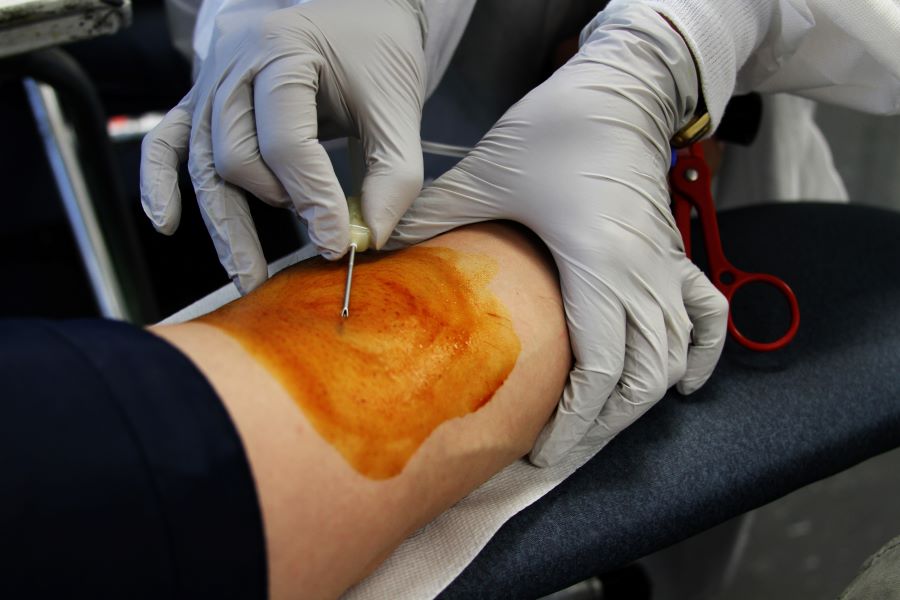
The term Raktamokshana is derived from the Sanskrit word "Rakta", which means blood, and "Moksha", which means liberation. This treatment involves a process where impure blood is released from one's body. It is believed that India's legendary surgeon Sushruta had massively contributed to this Ayurvedic treatment.
Raktamokshana is an effective blood purification therapy that decreases an increased level of Pitha Dosha. As a result, all this treatment relieves all Pitta-related diseases. This blog aims to cover the types and benefits of this ancient Ayurvedic treatment.

Table of Contents

What is Raktamokshana Treatment?
Raktamokshana, an age-old Ayurvedic treatment procedure, requires the therapeutic withdrawal of a small amount of blood from the body to assist in dealing with different health problems. This approach depends on exposing certain diseases caused by toxins accumulating in the blood, resulting in an imbalance of a human being’s doshas (Vata, Pitta, and Kapha).
It is mainly used to cure inflammatory diseases, skin disorders, and some chronic diseases. The method can be performed using venipuncture, leeches, or pricking with thin needles.
Different Types of Raktamokshana Treatments
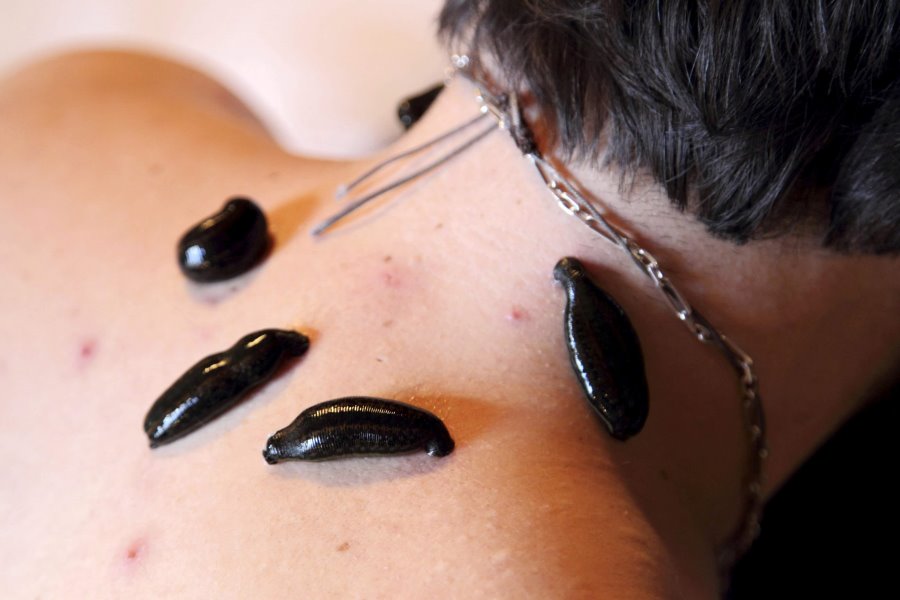
Sushruta had cited Raktamokshana as one of the five purification methods in Panchakarma. One can divide this procedure into two parts, and these are:
1. Shastra Visravana
This type of Raktamokshana procedure uses metallic instruments. Furthermore, Ayurvedic practitioners have divided Shastra Visravana into two subcategories, and they are:
- Siravyadhana:We know this method as venipuncture in the modern day. One uses a syringe to remove impure blood from a person’s veins in this method. Here are a few benefits of this method:
- Detoxifies the body by removing impure blood.
- Helps in managing high blood pressure.
- Reduces symptoms of chronic diseases.
- Aids in improving overall circulation.
- Pracchana: In this method, a physician uses a blade or scalpel to make superficial incisions on this skin. This way, blood exudes out through several superficial incisions. These are a few benefits of Pracchana:
- Purifies blood through superficial incisions.
- Alleviates skin conditions like acne and eczema.
- Enhances the body's natural healing processes.
- Stimulates local blood flow and improves tissue health.
Furthermore, a sub-type of this method is Alabu Pracchana, where an Ayurvedic practitioner uses a bottle gourd or any other conical-shaped vegetable. These vegetables are used to create a vacuum over an incision. Many believe this technique to be the forerunner of Chinese and European wet cupping techniques, which appeared many years later.
2. Anushastra Visravana
This type of Raktamokshana Panchakarma does not involve any metallic instruments. Anushastra Visravana is also divided into two sub-categories which are:
- Jalaukavacharana: In this method, an Ayurvedic practitioner applies leeches to specific areas of a person's body. Here are a few benefits of this type of Raktamokshana Panchakarma:
- Uses leeches to extract toxins and purify the blood.
- Reduces inflammation and promotes faster wound healing.
- Enhances blood flow and reduces pain.
- Provides relief from chronic conditions like arthritis.
- Shrungavacharana: This method uses a cow's horns. The Vata conditions are also treated alongside Pitta imbalances in this procedure. Some benefits of this type include:
- Utilises cow horns to balance Vata and Pitta doshas.
- Alleviates joint pain and stiffness.
- Improves circulation and detoxifies the body.
- Helps in managing digestive issues and skin disorders.
What are the Procedures for Raktamokshana Treatments?
One can do the Raktamokshana treatment using various methods like applying leeches to specific areas or puncturing the veins. We have already discussed the various types of Raktamokshana previously in this blog. Now, we will discuss the procedures to perform this Ayurvedic treatment based on the four different types of Raktamokshana treatments:
1. Siravyadhana
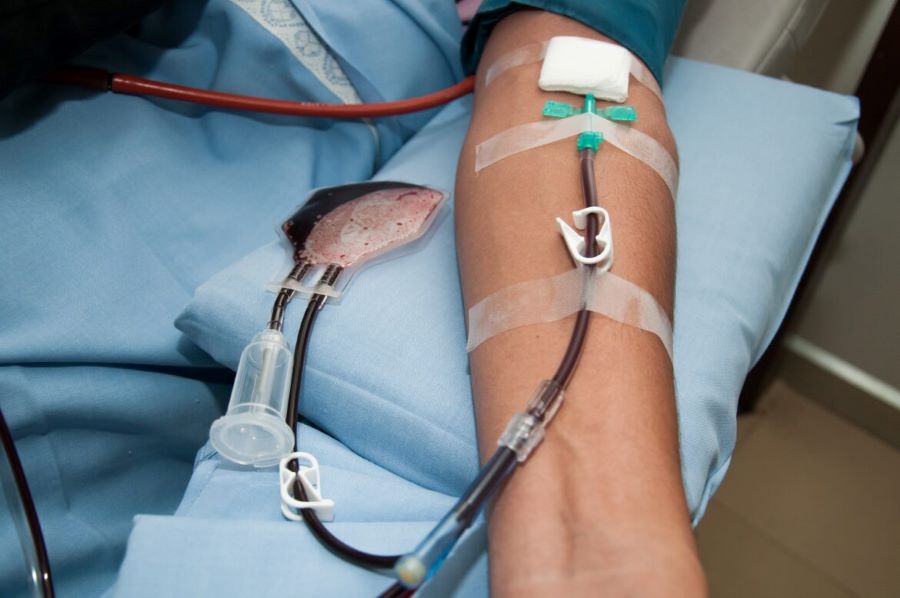
This bloodletting is done by selecting a vein that will assist in depleting body toxins. Hence, some blood is taken out. This helps balance the doshas and ‘detoxing’ the body, focusing on bloodletting venously.
- Step 1: An Ayurvedic practitioner generally performs this procedure in the morning or late afternoon. He/she selects a prominent vein for puncture.
- Step 2: An antiseptic is used to clean the site where the puncture has been done.
- Step 3: The practitioner covers his/her patient's eyes using a cotton pad during this treatment.
- Step 4: He/she can also use a tourniquet to tie just over the puncture site for the patient.
- Step 5: An Ayurvedic practitioner uses a sterile needle to prick one’s skin.
- Step 6: Furthermore, he/she collects this blood that flows out after pricking in a glass measuring jar.
- Step 7: This tourniquet will be removed from the patient's arms once the blood stops flowing naturally.
- Step 8: Next, the Ayurvedic doctor will remove the needle and clean this punctured site with antiseptic.
2. Pracchana
Pracchana involves making incisions on the skin at several points to release the toxins stuck in the first layers of the skin. This method assists in solving specific and localised problems and helps clear the body through controlled bleeding.
- Step 1: Typically, an Ayurvedic practitioner performs this procedure in the morning or afternoon. He/she selects an area where he or she will make cuts and treats it with antiseptic.
- Step 2: In addition, the doctor also washes the site with medicated liquid.
- Step 3: Then, the practitioner covers the patient's eyes with cotton pads and a bandage.
- Step 4: The Ayurvedic doctor will then use a sterile blade or lancet to make several cuts over the selected area.
- Step 5: The oozing blood coming out from these cuts is wiped off immediately.
- Step 6: After this procedure, the practitioner cleans the cut area with an antiseptic and applies herbal medicine.
3. Jalaukavacharana
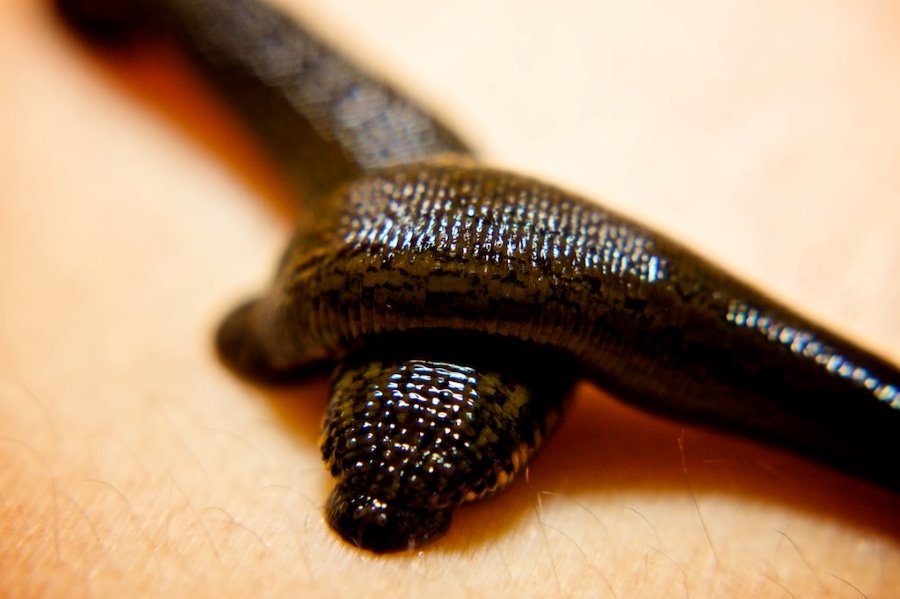
In Jalaukavacharana, leeches are used medicinally by sucking the blood from a punctured area of the skin, leading to an unconscious release of toxins and relief from multiple congestions. They suck the toxic blood from the body and help in healing.
- Step 1: Just like the previous two methods, Ayurvedic doctors perform this method in the morning and late afternoon. First, he/she will apply antiseptic to a selected area.
- Step 2: Next, he/she will wash this site with medicated liquid.
- Step 3: Like Siravyadhana, here, the practitioner will cover the patient's eyes with cotton pads during this procedure.
- Step 4: One or two needles are pricked on the skin to let out a drop of blood.
- Step 5: Then, the practitioner applies one or two leeches to the area where he had pricked the needle.
- Step 6: He/she will remove those leeches from the patient's skin once the leeches are enlarged and satiated.
- Step 7: After the Ayurvedic doctor removes the leeches from the skin, he or she will clean the skin and disinfect it with herbal Ayurvedic medicine.
4. Shrungavacharana
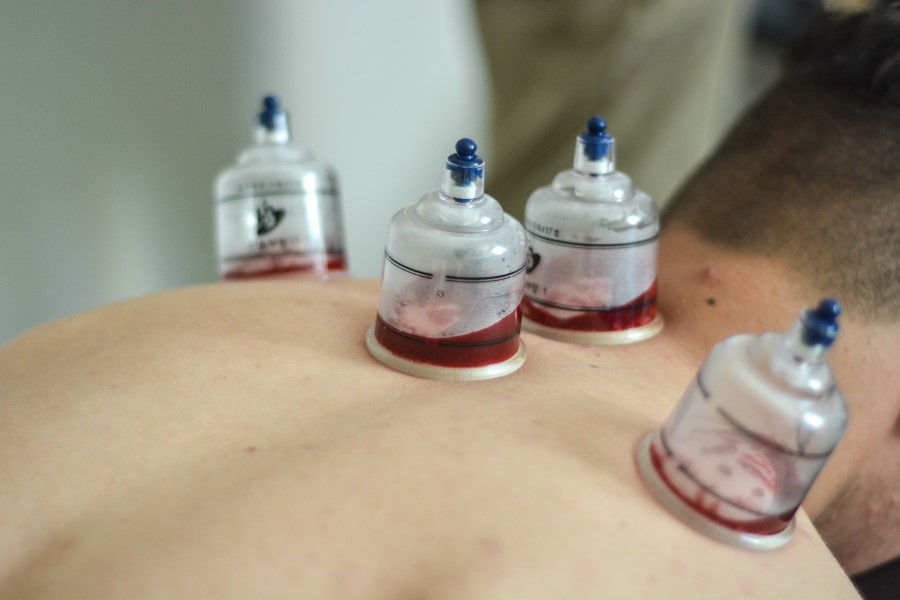
In Shrungavacharana, cow horns or similar instruments create a vacuum to pull out blood and other impurities from the targeted area. This method helps cleanse the body and enhance blood flow.
This method is not that popular; hence, it is less used in Ayurvedic centres and hospitals today.
- Step 1: In this procedure, an Ayurvedic doctor applies cow's horns on a patient's selected body part.
- Step 2: The doctor will select a fleshy area and clean it with antiseptic before using the horn.
- Step 3: Next, the Ayurvedic practitioner will prick this area before putting this instrument on one’s skin.
- Step 4: This instrument sucks the air out and creates a vacuum. Blood oozes out into this vacuum.
- Step 5: One can use a bottle gourd or any other conical-shaped vegetable in place of using the animal horns to create the same effect.
Best Time For Raktamokshana Treatments
The ideal time to do Raktamokshana is usually during the cooler months of the year, autumn or early winter when the Pibody's Pitta doshas balance naturally. This is because it is a pitta-pacifying treatment, and doing it at times when pitta, which may be naturally high in summer, might worsen an imbalance.
Moreover, the particular time for performing Raktamokshana should factor in constitutional types, ailment, and general health status. You must work with a seasoned Ayurvedic practitioner to ascertain what will work best for your unique condition regarding timing and frequency for carrying out Raktamokshana.
Benefits of Raktamokshana Treatments
Ayurveda states that the Raktamokshana treatment works both as a curative and preventive treatment. The benefits of this ancient treatment technique are:
- Raktamokshana alleviates acute pain in one's body.
- It helps in reducing the redness of one's skin.
- This treatment gets rid of skin pigmentation and patchy, dry skin.
- It aids in combating various bone-related disorders like rheumatoid arthritis, psoriatic arthritis, gouty arthritis, osteoarthritis and pericarditis.
- Using it, one can remove scars and wounds from his/her body.
- It gets rid of various skin disorders like eczema, allergies and inflammations.
- Patients can also get relief from sciatica and tonsillitis with this Ayurvedic treatment.
Furthermore, Ayurvedic doctors and specialists often ask patients to donate blood. Not only donating blood can save others' lives, but it is also a great way of performing Raktamokshana without going through elaborate procedures.
What are the Side Effects of Raktamokshana Treatments?
The side effects can be experienced as a result of doing Raktamokshana or other medical or healing interventions wrongly or to people who are not supposed to undergo it. Side effects may include the following:
Who Should Avoid Getting a Raktamokshana Treatment?
Raktamokshana is a specialised Ayurvedic treatment that may not be suitable for everyone. Following people should avoid getting a Raktamokshana treatment:
- Pregnant Women
- A person suffering from Haemorrhoids
- Anaemic Person
- Emaciated Person
- Children and Elderly People
- People with Bleeding Disorders
- Individuals with Severe Dehydration
- People with Severe Pitta Imbalance
- Individuals with Active Infections or Open Wounds
These days, Ayurvedic doctors and practitioners rarely use Raktamokshana, but it is still an integral part of the Panchakarmas. We have now covered this ancient blood purifying technique's types, procedures and benefits for your reference. Understanding these aspects can help you make informed decisions about incorporating Raktamokshana into your wellness routine if needed.
Protect What Matters - Explore Other Insurance Options














